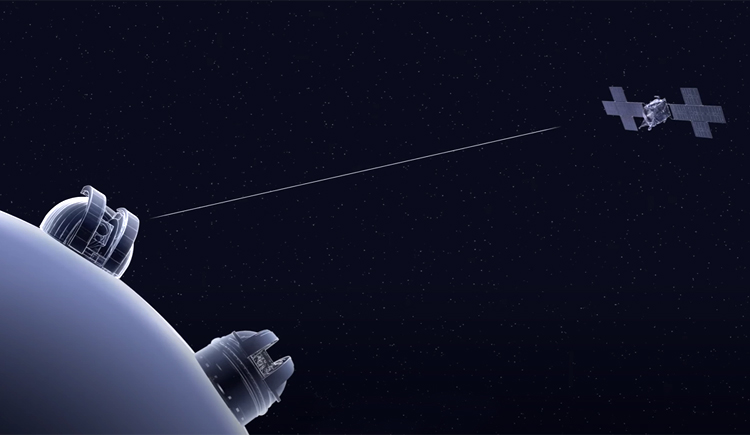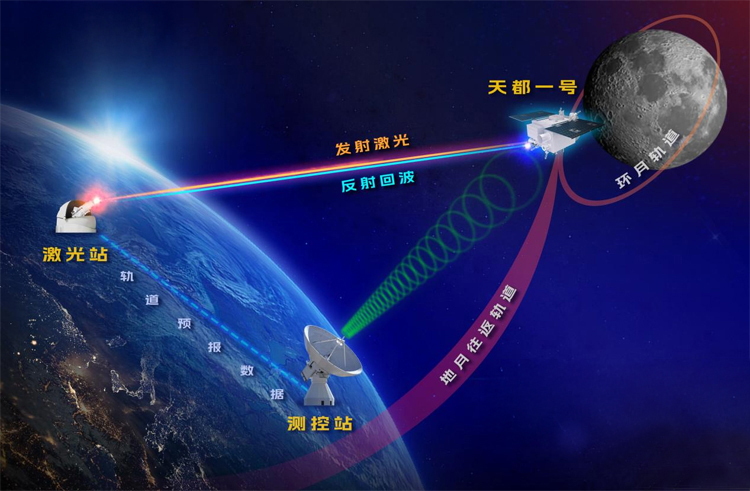INDIAN ARMED FORCES CHIEFS ON OUR RELENTLESS AND FOCUSED PUBLISHING EFFORTS

The insightful articles, inspiring narrations and analytical perspectives presented by the Editorial Team, establish an alluring connect with the reader. My compliments and best wishes to SP Guide Publications.

"Over the past 60 years, the growth of SP Guide Publications has mirrored the rising stature of Indian Navy. Its well-researched and informative magazines on Defence and Aerospace sector have served to shape an educated opinion of our military personnel, policy makers and the public alike. I wish SP's Publication team continued success, fair winds and following seas in all future endeavour!"

Since, its inception in 1964, SP Guide Publications has consistently demonstrated commitment to high-quality journalism in the aerospace and defence sectors, earning a well-deserved reputation as Asia's largest media house in this domain. I wish SP Guide Publications continued success in its pursuit of excellence.
- Operation Sindoor: Resolute yet Restrained
- India’s Operation Sindoor Sends a Clear Message to Terror and the World – ‘ZERO TOLERANCE’
- Japan and India set forth a defence cooperation consultancy framework, talks on tank and jet engines
- Terrorist Attack in Pahalgam in Kashmir: Unfolding a long surgical war against PAK
- Lt General Pratik Sharma takes over Command of Indian Army's Northern Command
Deep Space Technologies
The 'Psyche' spacecraft is using lasers to send data back to Earth. This cutting-edge technology provides transmission speeds 10 to 100 times faster than the traditional radio waves used for space communication for decades.
 |
The Author is Former Director General of Information Systems and A Special Forces Veteran, Indian Army |

It was covered in these columns on April 14, 2025 that India is releasing its 'Military Space Doctrine' and 'National Space Policy' within the next two-three months. The article also covered developments in India's Space Odyssey, the CDS General Anil Chauhan calling for military focus to remain on near-Earth applications, and extensive use of space in new age warfare is becoming a reality with militarisation of space.
NASA has pulled off a groundbreaking, science fiction like achievement wherein a laser message from space travelled a staggering 16 million km, setting the stage for a new era in space communication.
While space has been the subject of discussion in recent years, revolutionary technologies are being developed on Deep Spate that would have profound impact on new age warfare. Deep space refers to the vast expanse of outer space beyond Earth's atmosphere, specifically beyond the Earth-Moon system. It's the region where spacecraft explore celestial bodies like asteroids and comets, and where interstellar travel, though not currently feasible, is a future possibility. Also, the Deep Space Network (DSN) is a global network of radio antennas used by NASA to communicate with spacecraft in deep space. It consists of three facilities strategically located around the world to ensure continuous communication with missions at any point in the solar system. The DSN is crucial for sending commands to spacecraft, receiving data and images, and tracking their progress.
According to news reports of May 8, 2025, NASA has pulled off a groundbreaking, science fiction like achievement wherein a laser message from space travelled a staggering 16 million km, setting the stage for a new era in space communication. This is a giant leap in space communication by successfully transmitting a laser message from the 'Psyche' spacecraft to Earth. This achievement marks a monumental step forward in sending data through the cosmos, as part of the Deep Space Optical Communications Experiment (DSOC).
This achievement marks a monumental step forward in sending data through the cosmos, as part of the Deep Space Optical Communications Experiment (DSOC).
Launched in October 2023, the 'Psyche' spacecraft is on its way to study a fascinating, metal-rich asteroid located between Mars and Jupiter. But even before it reaches its target, the spacecraft has already accomplished something extraordinary: using lasers to send data back to Earth. This cutting-edge technology provides transmission speeds 10 to 100 times faster than the traditional radio waves used for space communication for decades. With lasers, real-time data transfer, ultra-clear images, and even video streaming from distant planets can be expected. Earlier, on November 14, 2023, Psyche had made history by successfully beaming a laser signal to the 'Hale Telescope' in California. Aligning a laser beam with a fast-moving target across such a long distance is incredibly challenging. But NASA's advanced automated systems made it possible.
The Psyche spacecraft is scheduled to reach its destination in 2028, the spacecraft will study a unique metallic asteroid that could provide answers about the early stages of planetary formation. Psyche is to conduct a 26-month survey, offering insights into the asteroid's composition, surface features, and magnetic field. Psyche's present leap in laser communication could shape the future of space exploration, enabling faster, more efficient missions to distant planets and beyond. There is speculation that sometime in the future, astronauts may be able to make real-time video calls with mission control, bringing space travel closer to the experience of staying connected here on Earth. Uncrewed missions would also benefit with faster data transmission enabling quicker scientific analysis and decision-making.
Psyche's present leap in laser communication could shape the future of space exploration, enabling faster, more efficient missions to distant planets and beyond.
China has fired a precision laser across 80,778 miles (1,30,000 km) of space in broad daylight, bounced it off a satellite circling the Moon, and measured the return, marking the world's first successful Earth-Moon laser-ranging shot under strong sunlight, according to a report in 'Interesting Engineering' published on May 1, 2025. The two-day experiment (April 26–27) was run by the Deep Space Exploration Laboratory (DSEL) using the Tiandu-1 satellite, one of three spacecraft launched in March 2024 to lay the groundwork for an Earth-Moon communication and navigation network.

Satellite laser ranging is the gold standard for pinpointing orbits: ground stations fire nanosecond pulses, which bounce off retroreflectors on a spacecraft and return to reveal distance down to centimetres. The technique is routine for low-Earth satellites, even in daylight, but glaring solar background noise has so far limited Earth-to-Moon shots to night-time windows.
China has fired a precision laser across 80,778 miles (1,30,000 km) of space in broad daylight, bounced it off a satellite circling the Moon, and measured the return, marking the world's first successful Earth-Moon laser-ranging shot under strong sunlight
Tiandu-1 flew alongside Tiandu-2 and the larger Queqiao-2 relay satellite last year to test the backbone of that constellation. Since then, the pair have snapped detailed images of the lunar surface and verified cross-link communications. Researchers at the Chinese Academy of Sciences' Yunnan Observatories confirmed they captured clear returns from Tiandu-1 while the craft was roughly one-third of the way to the Moon.
Because the satellites race through cislunar space at high speed, DSEL likens the challenge to aiming at a sub-millimetre target; like precisely tracking a single hair from over 6.2 mile (10 km). Achieving that accuracy in daylight means China can gather orbital data any time Tiandu-1 passes within view, multiplying the number of usable measurements and improving long-baseline positioning. The technique is fundamental to the planned Queqiao constellation, a relay and navigation network intended to give China continuous communications, high-accuracy timing, and autonomous navigation for lunar landers, rovers, and, eventually, astronauts.
The technique is fundamental to the planned Queqiao constellation, a relay and navigation network intended to give China continuous communications, high-accuracy timing, and autonomous navigation for lunar landers, rovers, and, eventually, astronauts.
China aims a crewed landing on the Moon by 2030, with construction of the International Lunar Research Station at Moon's south pole beginning as early as 2035 in partnership with Russia. Continuous, high-precision laser ranging is expected to underpin everything from approach-and-landing guidance to coordinated rover fleets exploring permanently shadowed craters rich in water ice. With solar-blinded tracking no longer a barrier, DSEL says it will extend daytime laser trials to longer ranges and higher repetition rates, ultimately integrating the technique into routine deep-space operations. Also, China believes that low Earth orbit could host some 1,00,000 satellites by the end of the decade, spurring the development of a comprehensive space-traffic management system to coordinate launches and prevent collisions. In 2028, China and Russia are evaluating a small nuclear reactor and alternative power sources to supply energy for the International Lunar Research Station.





